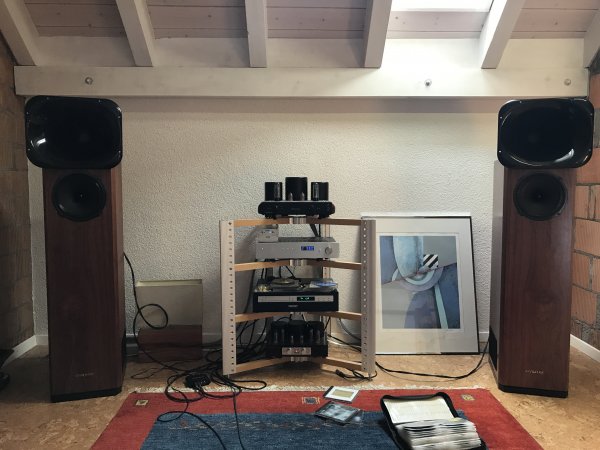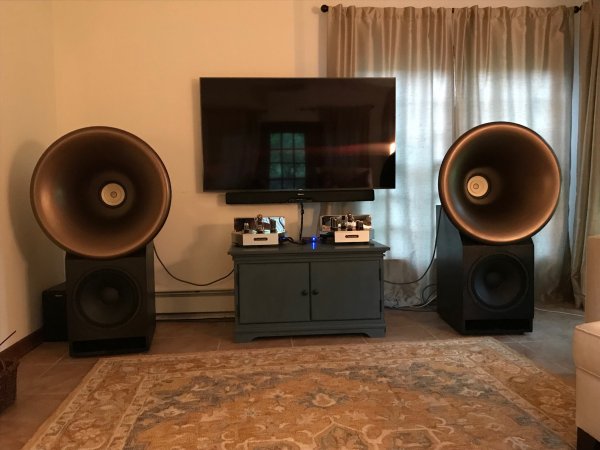Changed since then. Now digital is at zero and balance the gain at the amps through their volume controls.Since you are losing 14db have you tried the opposite approach of rolling off your lower end 600 and up? This way you bleed off the difference with minimal HF boost. That is the worst place to add power to the driver as it is already putting out higher thd there from the controlled resonanses and break up in the last octave or so. This will simulate what your passive crossover will do. You can use the voltage drive from the DSP as a reference to design and build your crossover.
Rob
I can try you idea, seems like a good one and easy to do. However, the distortion at my levels will be very low (it sounds VERY clean) anyway and not so much info up there...but every bit counts.
















